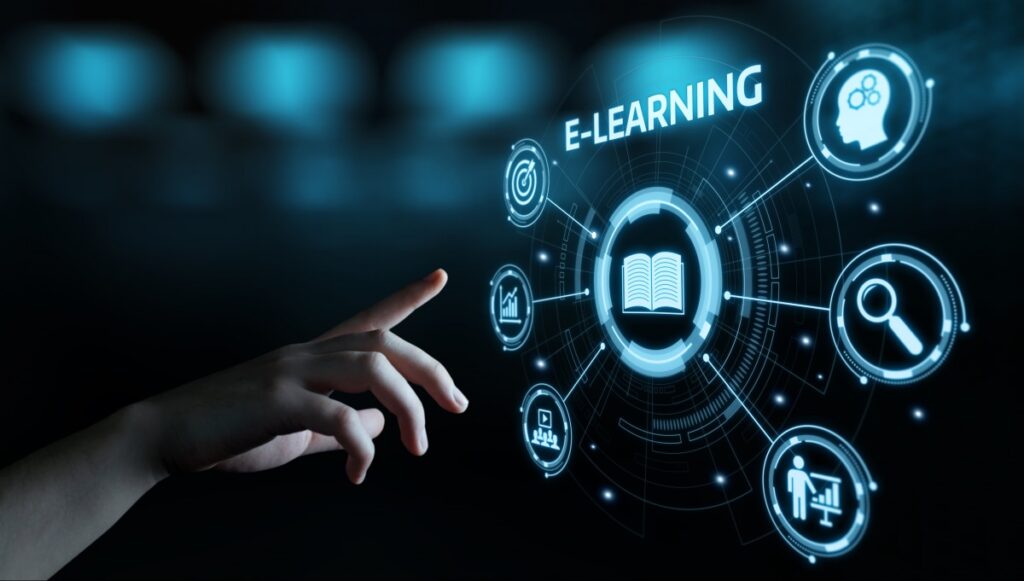People in the industry are all too familiar with the challenges of generating e-learning courses on a daily basis. Video production is still tricky to scale, despite improvements in writing and LMS tools. Companies will be able to produce better and more customized courses much more quickly in the future with tools for creating AI-generated content.
Because of location and studio concerns, reshoots, and scheduling issues, creating enormous volumes of content for courses has become a regular hassle. E-learning courses can also be daunting to localize, which leads to the set of audience limits. It’s difficult and time-consuming to create exceptional content because of language barriers and the huge amount of content.
Customers have come to expect fully personalized service. Customers don’t want a one-size-fits-all approach when it comes to learning, and this hasn’t gone unnoticed by the learning sector.
Those in the e-learning business are in need of solutions, and using AI for content generation may be the answer. An option that is more time-efficient but less interesting has been to employ animations instead of real people. AI content generators can revolutionize e-learning course creation by combining an efficient production pipeline with human-centered content.
You’ve probably seen those AI-generated videos going around, the ones that make people drop their jaws in astonishment. These videos are the result of artificial intelligence.
The image editing industry was forever altered by Photoshop. In the future, video editing will see similar progress, as it becomes easier to edit, translate, and even create totally new videos in the same way that we can with pictures now.
Here are three ways AI-generated content will disrupt the e-learning sector.
1. Personalize your course.
Customization is no longer a luxury; it’s the norm for clients now. They are looking for content that is tailored to their specific needs. Using AI for content generation, you may put scenes into courses that are suited to a specific firm or individual. You don’t have to spend days or weeks on a set reenacting the scenes either.
AI-generated video content is mainly targeted at persons and organizations, whether you put the name of a person or firm or create entire sections that appeal to a specific individual.
For instance, if you’re developing a customer service training course for retail staff, you may include a part of the company’s return and exchange policy. If you have a specific style of addressing consumers based on industry or location, you may want to incorporate this into the content as well.
You can also personalize the course by putting a student’s name into the content, or creating new sections that focus on a certain department. As a result, users will receive material that is specifically tailored to their needs.
2. Make maximum use of virtual presenters.
In order to produce a one-hour e-learning course, it takes anywhere from 90 to 240 hours, and the entire course costs approximately $10,000. From the length of time to the expense, the actual figures are mind-boggling.
Thanks to virtual presenters, AI-generated video content saves a significant amount of time and money. Imagine filming your presenter only once in a professional studio, and then having them read scripts from their phone’s video camera at home to create new content.
You may be “camera-ready” at all times using AI for content generation. With this breakthrough technology, a presenter’s latest video may be inserted into the original studio footage, no matter where they are or what they’re wearing!
You can add or remove stuff whenever you like. In the near future, AI-generated content will be able to produce video broadcasts using only a script as a source of inspiration. The presenter is only required for the first recording.
3. Break down linguistic barriers.
Research suggests that 72% of buyers prefer products with information in their native language. E-learning courses are now translated by dubbing or subtitling. Both of these technologies have significant drawbacks and degrade video quality.
It could be difficult for some e-learning companies who want to target their courses to different countries to have videos in more than one language. That means they’ll have to narrow their consumer base, which isn’t ideal for a business wanting to grow.
AI content generators have the potential to solve many of these issues. You can create a single video in many languages as if each language was recorded specifically for its target audience. AI-generated content provides a flawless translation without sacrificing quality and may be produced quickly and easily integrated.
As a result, language boundaries vanish in an instant.
AI-generated content: a new approach to creating e-learning courses
Thanks to technological advancements, we now have the ability to invent new solutions. With innovation, new ways of doing things emerge. In the same way that YouTube revolutionized video, AI content generators will change e-learning.
Talk to us about how Elai can help you scale your video courses and reduce time and expenses.
Bring your e-learning courses into the 21st century!

